California regulators are now considering a proposed rule that would require the state’s three largest utilities to design demand flexibility rates based on dynamic pricing of electricity. The goal is to shift some demand from times when prices are high and polluting generators are in use, to times when lower-cost clean electricity is available.
Edward Cazalet, CEO of TeMix and a former governor of California’s grid operator CAISO, helped pave the way for California to arrive at this point. TeMix proved five years ago that dynamic pricing of retail electricity that incorporates several cost components can work on a single distribution circuit.
Cazalet shared in an interview his views on how dynamic pricing is superior to virtual power plants, how a dynamic pricing subscription that operates like baseball season tickets can protect consumers, and other topics. The interview has been edited and condensed.
pv magazine: About 100,000 residential batteries in California were recently operated as a single virtual power plant by Sunrun, Tesla and other aggregators. What are your views on dynamic pricing versus VPPs?
Edward Cazalet: Everyone understands that a lot of batteries are being deployed, particularly in support of solar generation on the retail grid. If we had dynamic pricing in place, they would be properly dispatched without any VPP program being necessary.
I have three Tesla batteries and participate in the Tesla VPP program. It dispatches the batteries during high-priced hours and charges them during low-priced hours, based on time-of-use rates. It would do a better job if it had dynamic rates, because then it would focus the charging at even lower prices and focus the discharging at even higher prices, particularly when the grid is stressed. The customer would also benefit more than in the time-of-use approach.
If dynamic pricing were in place, there’d be no benefits to the VPP programs. What the VPP programs do is they take tax money and distribute it to customers, aggregators, and VPP program monitors, and enrich them with very little benefit, if any, to the system.
pv magazine: California’s proposed dynamic pricing rule says that one good way for utilities to protect consumers who choose dynamic pricing is with an electricity subscription that matches the customer’s load shape. How would that work?
Edward Cazalet: The subscriptions would be like baseball season tickets. If you buy baseball season tickets and you can’t use all of them, there’s a secondary market to sell them, via StubHub and others. And if you need to go to a game but you don’t have tickets, you can buy them from people who have them through their season tickets. So utility customers understand all this.
Without a subscription, pure dynamic pricing runs into the problem of wild price fluctuations like those in Texas in 2021 during the winter storm and blackouts.
Subscriptions were used in two 3-year pilots from 2022 through 2025 ordered by California regulators and completed. The pilots involved the large utilities SCE and PG&E and the smaller utility Valley Clean Energy.
[For a visual explanation of how subscriptions work, Mr. Cazalet referred us to a TeMix video that provides the image below. The electricity consumption shown in blue is like baseball season tickets used by a season-ticket holder; consumption shown in yellow is like additional single-game baseball tickets purchased by the season-ticket holder, and avoided consumption shown in green is like single-game baseball tickets sold by the season-ticket holder.]
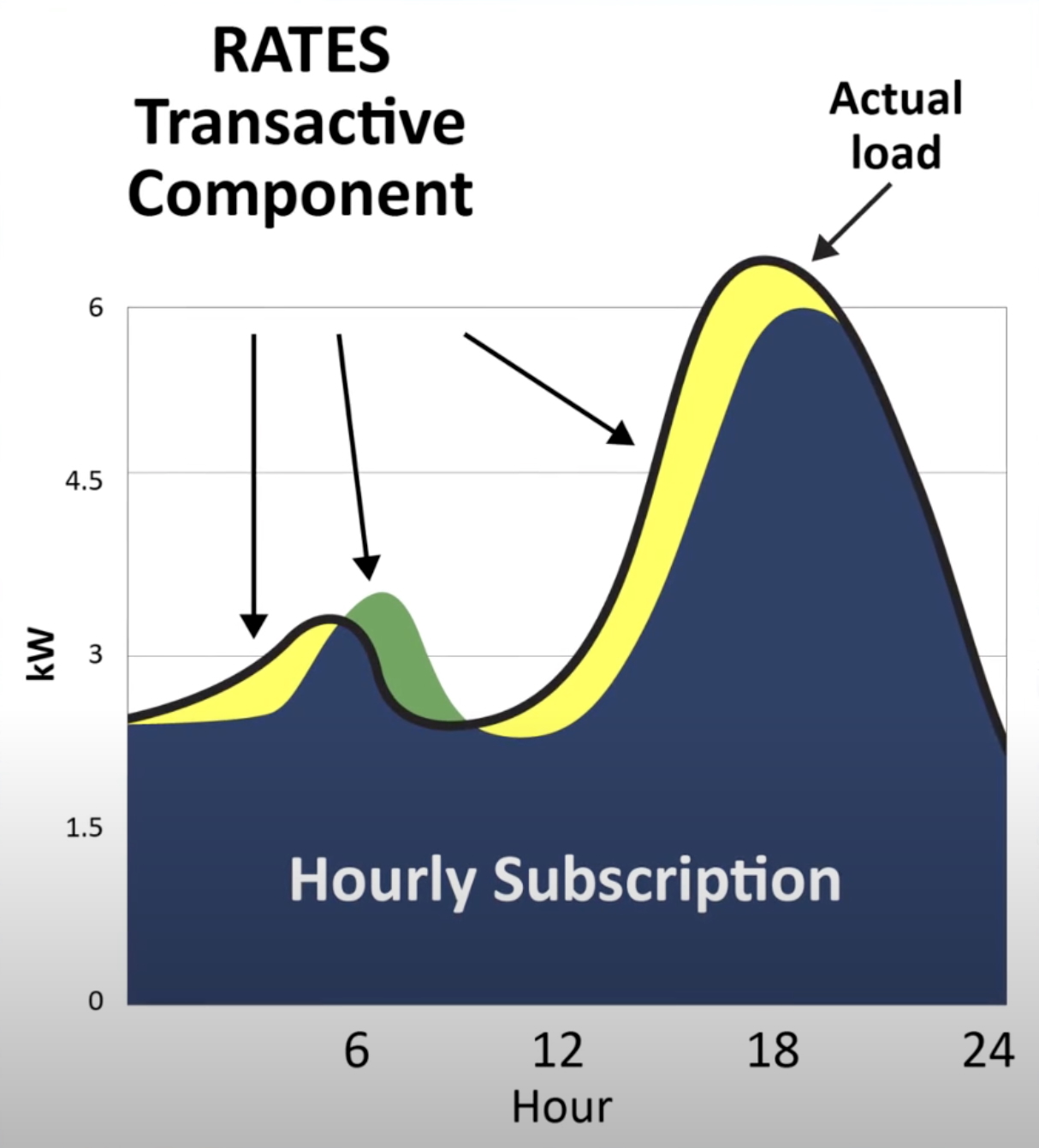
pv magazine: California has been running dynamic pricing pilots, and is developing flexible demand appliance standards. Now the California Public Utilities Commission is evaluating a proposed rule to establish dynamic rates. How well is dynamic pricing moving forward in California?
Edward Cazalet: I think it’s moving along quite well, but to my liking it’s way too slow, and that’s really the inertia of the status quo. Demand response providers like their current business model. For some people in the utilities—not all—anything new is scary, so the response is slow.
We’ve had smart meters for 25 years but currently, it looks like dynamic pricing won’t happen until 2029 or 2030, except in pilots. They ought to stop doing pilots and implement it right away.
The current proposed decision will work. The details of it will get debated, but they need to hurry up and get it implemented. For example, they don’t need to be doing any more pilots; no shadow billing. Just implement the subscriptions. As for the rate calculations, you can update those calculations every year so it doesn’t need to be perfect. It’s good enough now.
This content is protected by copyright and may not be reused. If you want to cooperate with us and would like to reuse some of our content, please contact: editors@pv-magazine.com.
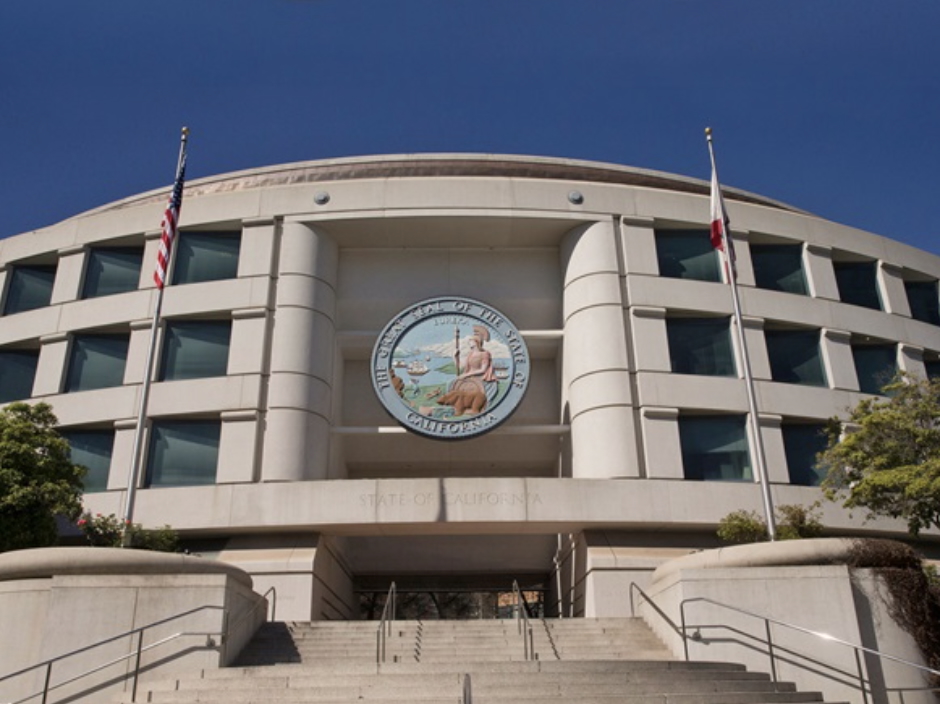
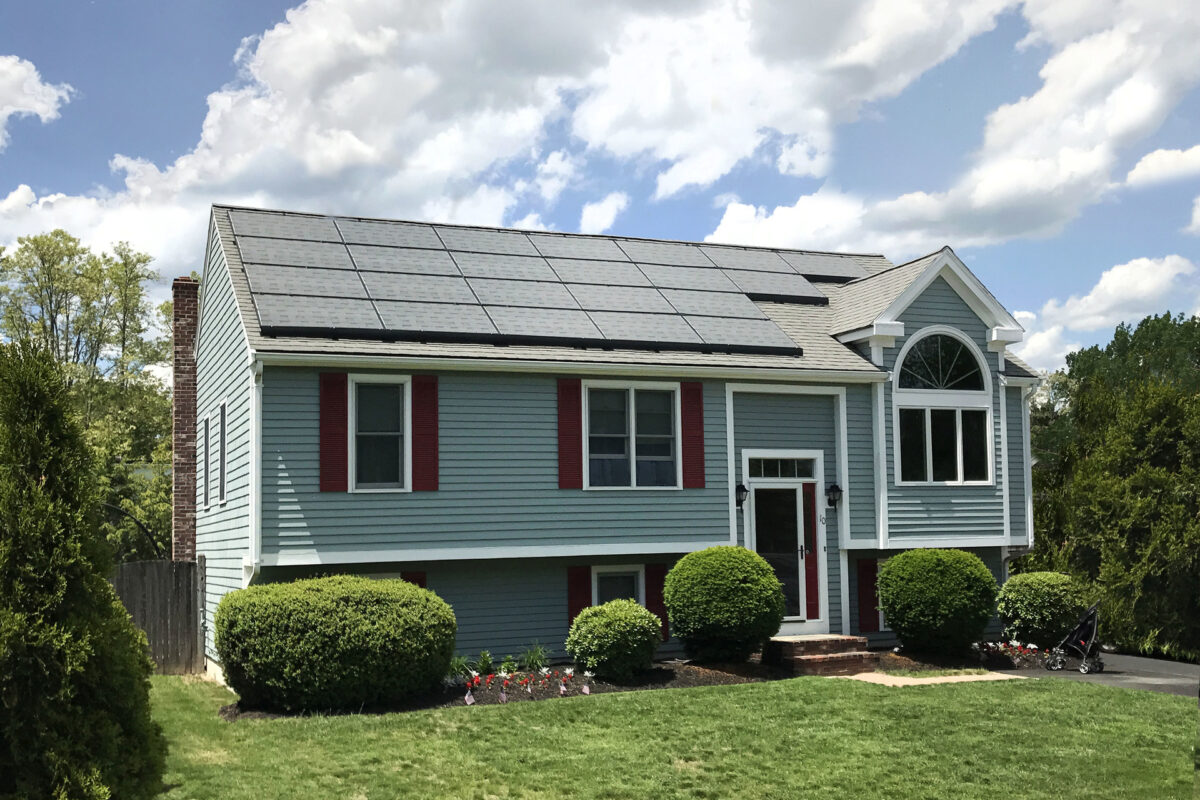

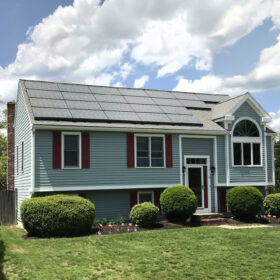
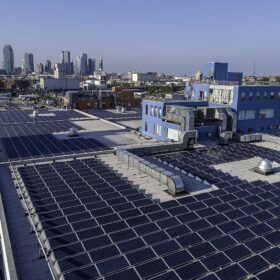
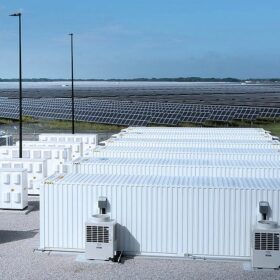


By submitting this form you agree to pv magazine using your data for the purposes of publishing your comment.
Your personal data will only be disclosed or otherwise transmitted to third parties for the purposes of spam filtering or if this is necessary for technical maintenance of the website. Any other transfer to third parties will not take place unless this is justified on the basis of applicable data protection regulations or if pv magazine is legally obliged to do so.
You may revoke this consent at any time with effect for the future, in which case your personal data will be deleted immediately. Otherwise, your data will be deleted if pv magazine has processed your request or the purpose of data storage is fulfilled.
Further information on data privacy can be found in our Data Protection Policy.